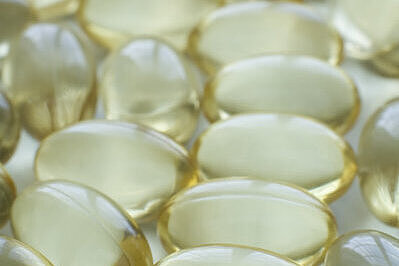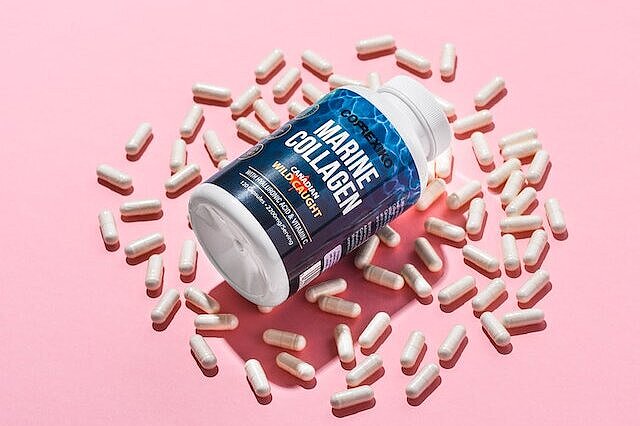Sodium hyaluronate

How does sodium hyaluronate work?
Sodium hyaluronate works in several ways to promote joint health and function. Firstly, it increases the viscosity of the synovial fluid, which acts as a lubricant and shock absorber. Secondly, it protects the cartilage surface from abrasion and inflammation by acting as a barrier against free radicals and enzymes that can break down cartilage. It also stimulates the production of the body's own hyaluronic acid and proteoglycans, which are important building blocks of cartilage. Through these effects, sodium hyaluronate can improve the mobility, pain and quality of life of dogs with joint diseases.
How is sodium hyaluronate used?
Sodium hyaluronate can be administered in various ways, depending on the severity and location of the joint disease. The most common method is intra-articular injection, where sodium hyaluronate is injected directly into the affected joint. This requires strict asepsis and expert handling by the vet. The dosage varies depending on the size of the joint, but usually two injections are given three weeks apart. The effect can last up to six months.
Another method is intravenous injection, where sodium hyaluronate is injected into the bloodstream. This has the advantage that several joints can be treated at the same time without the need for a puncture. The dosage is around 10 mg per dog and can be repeated as required.
A third method is intralesional injection, where sodium hyaluronate is injected into the tissue around the inflamed or injured tendon. This is intended to promote healing and relieve pain.
In addition to injections, there are also eye drops containing sodium hyaluronate that can be used to moisturize and care for the eye.
What are the advantages and disadvantages of sodium hyaluronate?
Sodium hyaluronate has several advantages over other treatment options for joint disease in dogs. Firstly, it is a natural active ingredient that is well tolerated by the body and has no undesirable side effects. Secondly, it has a long-lasting effect that can reduce or replace the use of painkillers. It can also delay or halt the progression of joint degeneration.
However, sodium hyaluronate also has some disadvantages that must be taken into account. For one thing, it is an expensive treatment that not all pet owners can or want to pay for. Secondly, it is not a cure for joint diseases, but only a symptomatic therapy that needs to be repeated regularly. In addition, injections can lead to complications such as infections, bleeding or reactions that require careful monitoring.
Sodium hyaluronate is an effective and safe treatment for joint diseases in dogs. It can relieve pain, improve mobility and increase quality of life. However, it is not a magic bullet, but a supplement to other measures such as weight control, physiotherapy and dietary changes.
If you notice any signs of hypersensitivity or poisoning in your dog, you should see your vet immediately. We are not a substitute for a vet, but we try to be as accurate as possible. Every dog reacts differently and we recommend you get a second opinion or consult your vet if in doubt.
Stay healthy and take good care of your four-legged friend!😊
Similar to Sodium hyaluronate
Hyaluron has various positive effects for your dog. Firstly, it supports skin health and can help with dry, flaky or inflamed skin. Hyaluron moisturizes and promotes wound healing. It can also make...
Glycerine is a colorless, sweet-tasting, viscous liquid obtained from vegetable or animal fats. It is also called glycerine or glycerol and belongs to the alcohols. Glycerine is used in a variety of...
What is collagen? Collagen is a protein that is made up of amino acids. There are different types of collagen, which differ in their structure and function. The most common are types I, II and III,...
In dog nutrition, direct supplementation with elastin is not common or recommended, as dogs get the protein and amino acids they need best from a balanced diet of high-quality protein sources. Such a...



